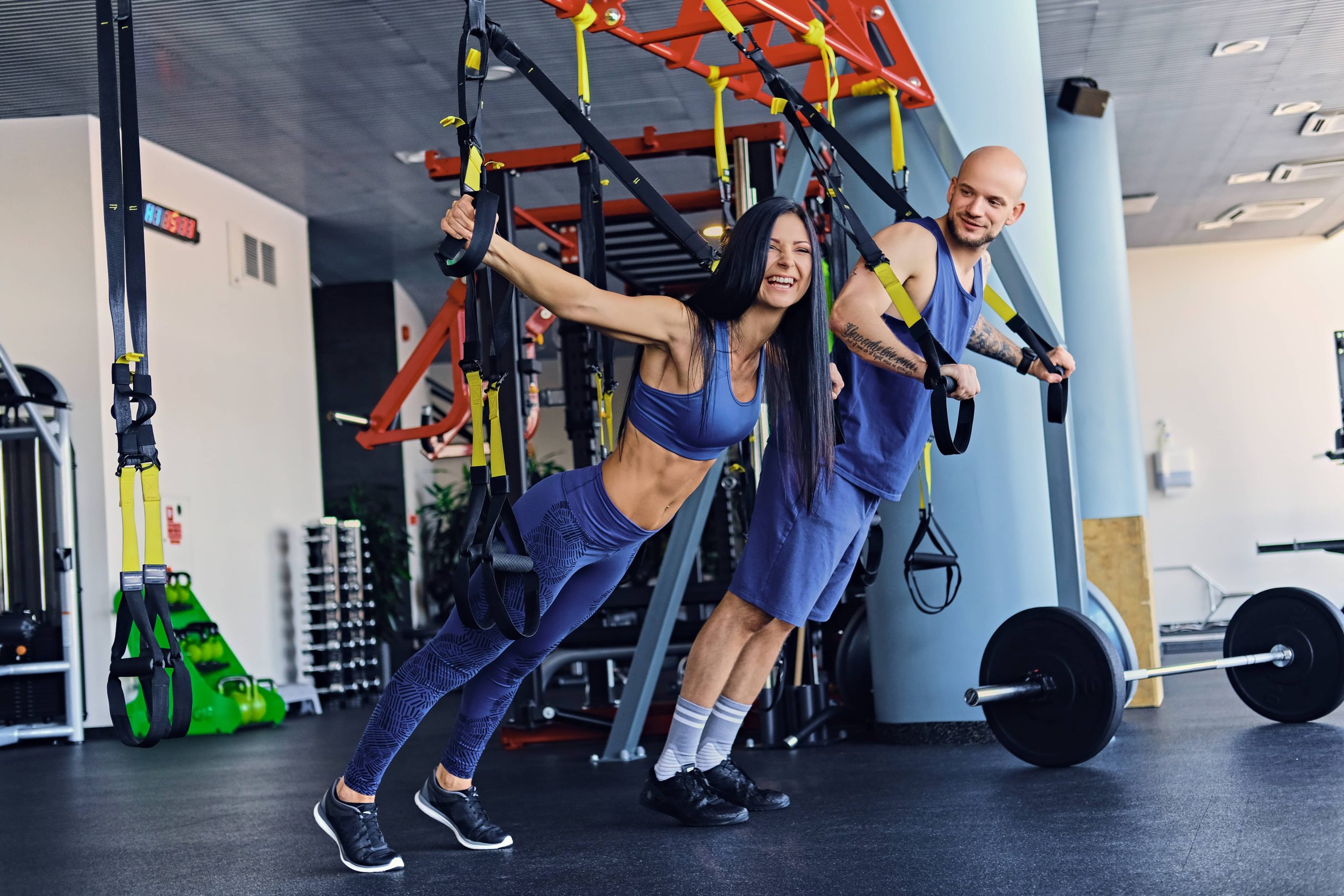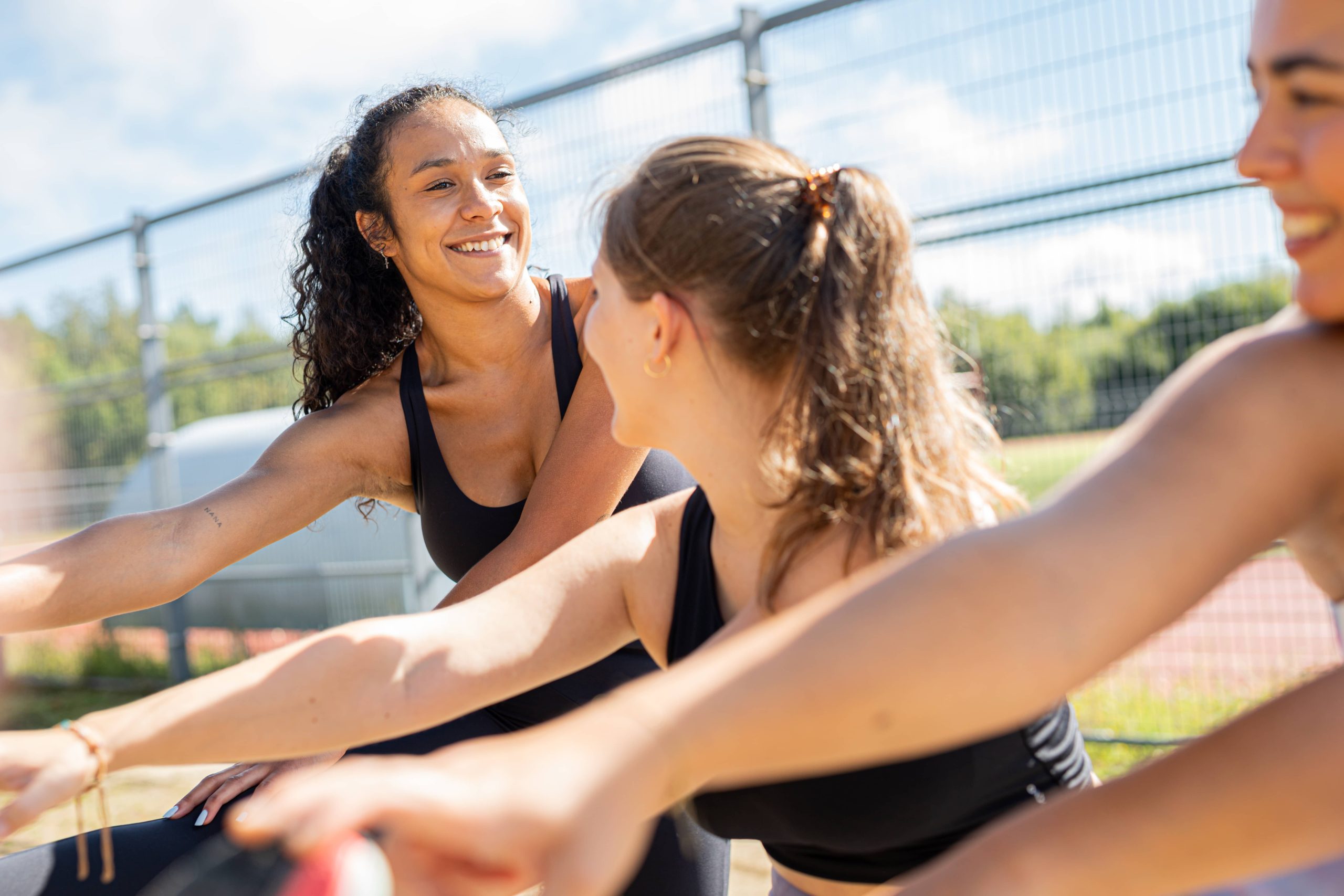
In the fast-paced world we live in today, maintaining a healthy spine is crucial for overall well-being and longevity, especially for those who lead an active lifestyle or participate in sports. Our spine is the backbone, quite literally, of our body, and any compromise in its function can significantly hinder our quality of life. One of the most effective ways to ensure spine health is by improving core strength. In this post, we’ll dive deep into how core-strengthening exercises can enhance spine health and share insights on exercises that are both safe and effective.
Understanding Spine and Core Connection
The spine is a complex structure consisting of vertebrae, discs, nerves, and ligaments. It provides support, allows mobility, and protects the spinal cord. While many people associate core strength with the abdominal muscles, the core comprises several muscle groups including the obliques, erector spinae, transverse abdominis, and the muscles of the pelvis, hip, and lower back. These muscles work in harmony to support the spine and play a pivotal role in maintaining posture and stability.
A strong core helps distribute forces through the body evenly, reducing the strain on the spine. This is particularly important for athletes, as dynamic movements during sports can place significant stress on the spinal column. By strengthening the core, not only is the spine protected, but the risk of injuries is minimized.
The Benefits of Core-Strengthening for Spine Health
1. Improved Posture
Slouching or poor posture can over time cause spinal deformities and lead to persistent pain. Exercises that strengthen the core help to improve posture by teaching the body to align properly. When the core is strong, it’s easier for the spine to remain in a neutral, straight position, reducing the potential for excessive strain.
2. Enhanced Stability and Balance
A strong core provides a solid foundation for stability and balance. This is vital in sports which require quick and dynamic movements. The enhanced stability prevents unnecessary movements of the spine, protecting from injuries such as sprains and fractures.
3. Reduction of Back Pain
Chronic back pain is a common problem among people of all ages, often exacerbated by weak core muscles. Strengthening the core can help alleviate back pain by supporting the spine more effectively, reducing the load it has to carry.
4. Increased Athletic Performance
Athletes with strong core muscles often see improvements in their performance. Whether it’s swinging a bat or kicking a ball, the power generated from these actions begins at the core. Enduring intense physical activity without compromising spine health is key for prolonged athletic success.
Core-Strengthening Exercises for Spine Health
1. Plank
The plank is a straightforward yet highly effective core-strengthening exercise. It targets the transverse abdominis, an essential muscle for spine support.
How to perform:
– Begin in a push-up position with your weight supported on your forearms and toes.
– Keep your body straight from head to heels without sagging or arching your back.
– Hold the position for as long as possible without compromising form.
2. Dead Bug
The dead bug exercise is excellent for improving core strength and stability while maintaining a neutral spine.
How to perform:
– Lie on your back with your arms extended towards the ceiling and your legs raised with knees bent at a 90-degree angle.
– Slowly lower your right arm and left leg simultaneously until they are just above the floor.
– Return to the starting position and repeat on the opposite side.
3. Bird Dog
This exercise promotes balance and coordination, strengthening the erector spinae muscles that support the spine.
How to perform:
– Start on your hands and knees in a tabletop position.
– Extend your right arm forward and left leg backwards, maintaining a flat back.
– Hold briefly, then return to the starting position and switch sides.
4. Russian Twists
Russian twists focus on the oblique muscles and enhance rotational strength, important for sports that require twisting movements.
How to perform:
– Sit on the floor with your knees bent and feet lifted, forming a V-shape with your torso and thighs.
– Hold a weight or a medicine ball and with a straight back, rotate your torso from side to side.
5. Bridge
The bridge exercise focuses on the lower back and glutes, essential areas for supporting spinal health.
How to perform:
– Lie on your back with knees bent and feet flat on the floor.
– Lift your hips towards the ceiling, squeezing your glutes at the top of the movement.
– Lower back down and repeat.
6. Leg Raises
Leg raises engage the lower abdominal muscles, a critical part of the core that helps stabilize the pelvis and spine.
How to perform:
– Lie on your back with your legs extended.
– Lift your legs towards the ceiling keeping them straight until they form a 90-degree angle with your torso.
– Slowly lower them back down without letting them touch the floor.
Tips for Safe and Effective Core-Strengthening
1. Focus on Form: Always prioritize proper form over the number of repetitions to avoid unnecessary strain on your spine.
2. Consistency is Key: Like any exercise regimen, consistency is critical. Include core exercises into your fitness routine at least 3-4 times a week for the best results.
3. Listen to Your Body: If any exercise causes discomfort or pain in the spine, modify the movement or consult with a health professional.
4. Combine with Flexibility: Pair core-strengthening with flexibility exercises such as yoga or pilates to further enhance spine health and prevent stiffness.
5. Gradual Progression: Start with basic exercises and gradually increase the difficulty as your core strength improves to continually challenge your muscles.
In conclusion, a strong core is fundamental to maintaining a healthy spine, particularly for those engaged in sports. Implementing core-strengthening exercises into your regular workout routine not only fortifies the spinal support system but also enhances overall athletic performance and reduces the likelihood of injury. As you embark on your journey toward better spine health, remember to stay consistent, focus on form, and always listen to your body’s signals. Here’s to a stronger, healthier spine and a more active lifestyle!











